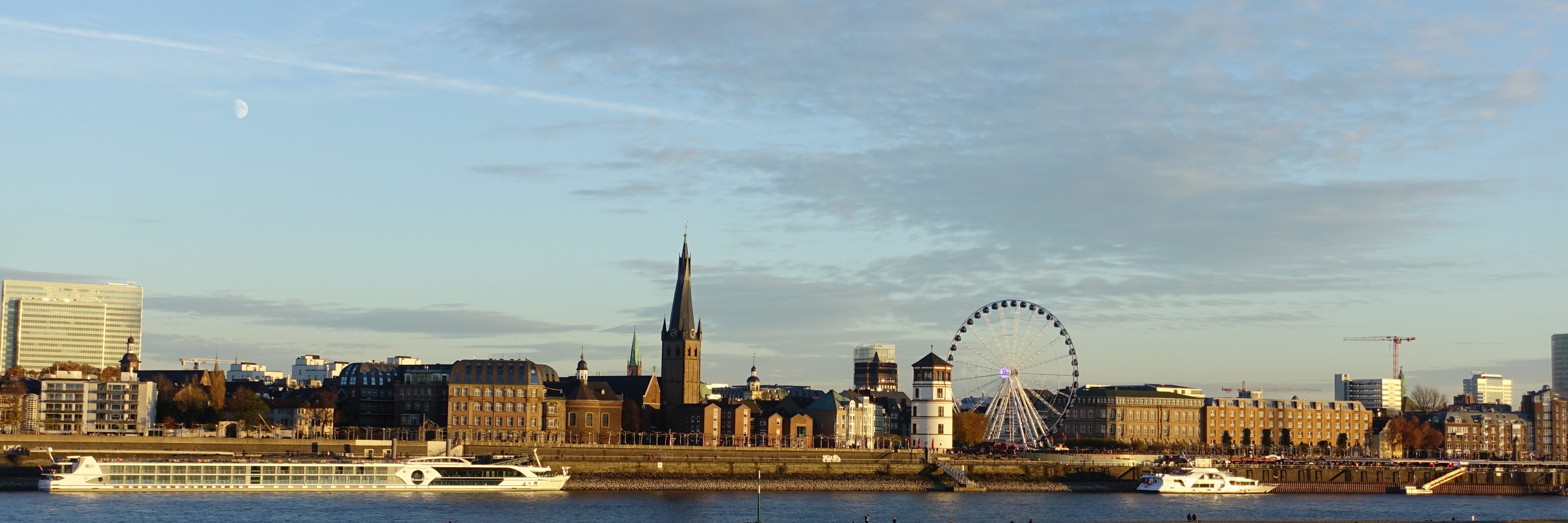Lapham Quarterly has a piece about the 'dark, evil-smelling sprite' of Limburger cheese:
In very explicit way,” says Tia Keenan, a chef-fromagere in Manhattan, “Limburger was something humble and stinky and strange that came from Europe.”
Originally from Liege, Belgium, Limburger accompanied mid-nineteenth century Germans and Belgians immigrating en masse to America for its rapidly modernizing, expanding economy. For them, it was a nostalgic, cheap saloon food. They liked it in a sandwich, with pumpernickel, spicy mustard, raw onion, and cold beer—a collection of sharp tastes. The jokes met Limburger at Ellis Island. Vaudeville comedians called it the “cheese you can find in the dark.” By the 1880s, the malaprop-laden dialect of German, Dutch, and Yiddish comedians like Weber and Fields, and later the young Groucho Marx, was dubbed “Limburger English,” whether they told cheese jokes or not. Limburger symbolized low class, “funny” immigrants….
It was as if a dark, evil-smelling sprite had escaped the Black Forest of Germany and wafted its way to the New World. In 1884, a troubled woman in upstate New York tried to burn down her family’s Limburger cheese plant. In 1885, police arrested Mrs. Teresa Ludwig in downtown New York, for attempting suicide while intoxicated by leaping off Pier 1 on the North River. An Irish woman, Mrs. Ludwig complained that she had married a German who ate Limburger in their apartment and then made amorous advances while it was still on his breath. April 1895, a strike broke out at a Newark butter plant when a Swedish prankster smeared Limburger on his coworkers’ lathe, arousing anti-Swedish slurs, a fistfight, and a walkout of Swedish workers until the American apologized. 1909, Denver chemist Philip Shuch, Jr., grief-stricken over his mother’s death from cancer, swore that he would find a cure. His quest led him to the leper colonies of Venezuela, where he struck on a new idea—that the bacteria found in Limburger could act as a cure for leprosy. Shuch advocated smearing a mixture of pulped Swiss cheese, bacteria-ridden Limburger, glycerine, and quicklime on diseased skin.
I, for one, quite like Limburger, which is available in any grocery store here. It's a little fragrant, sure, but nothing compared with Pont L'Eveque, if you ask me.
